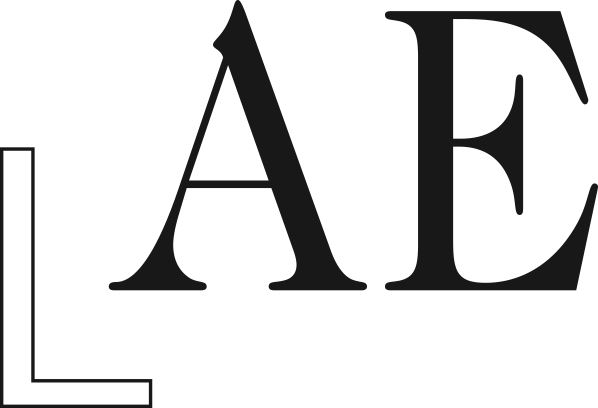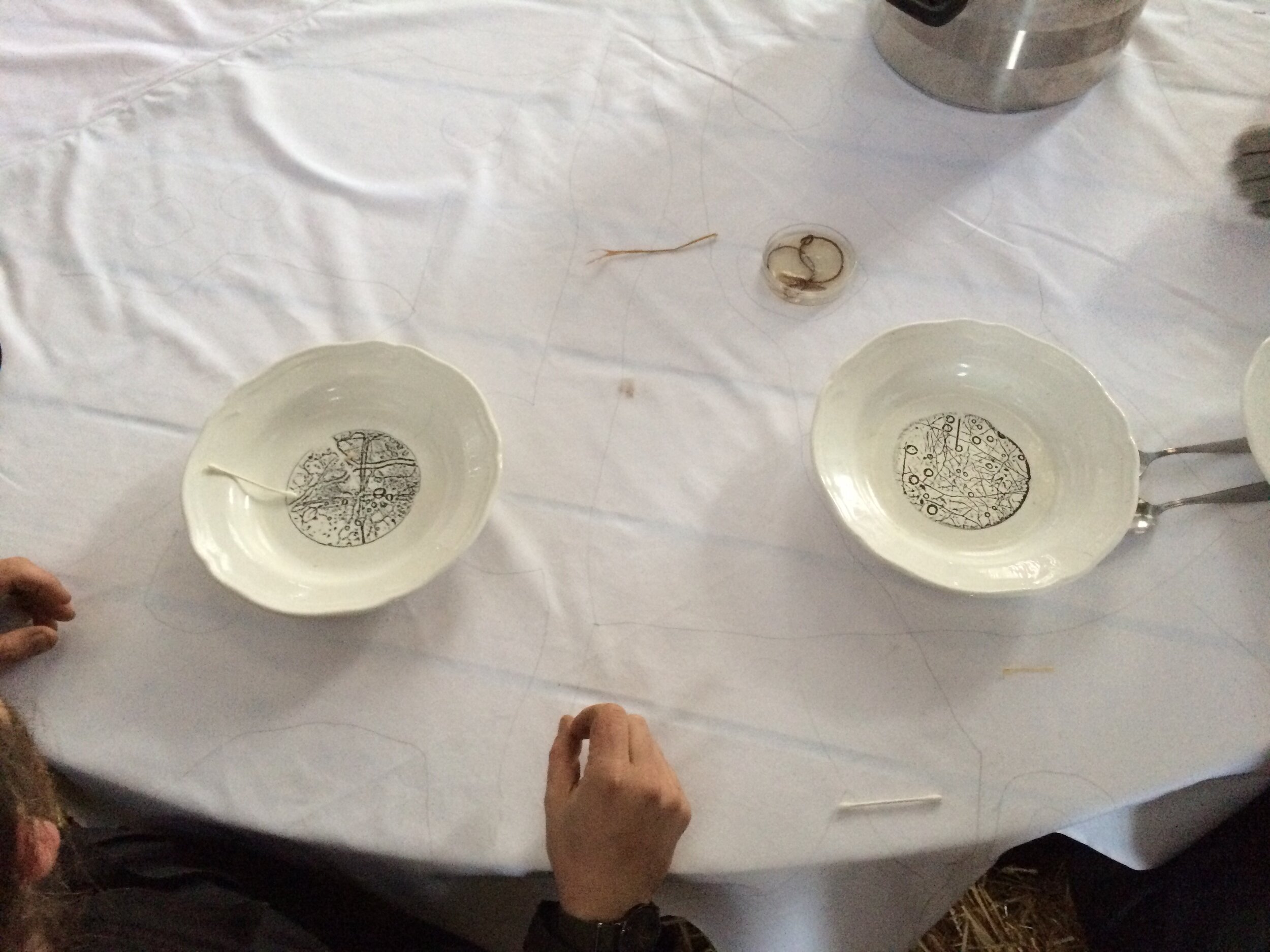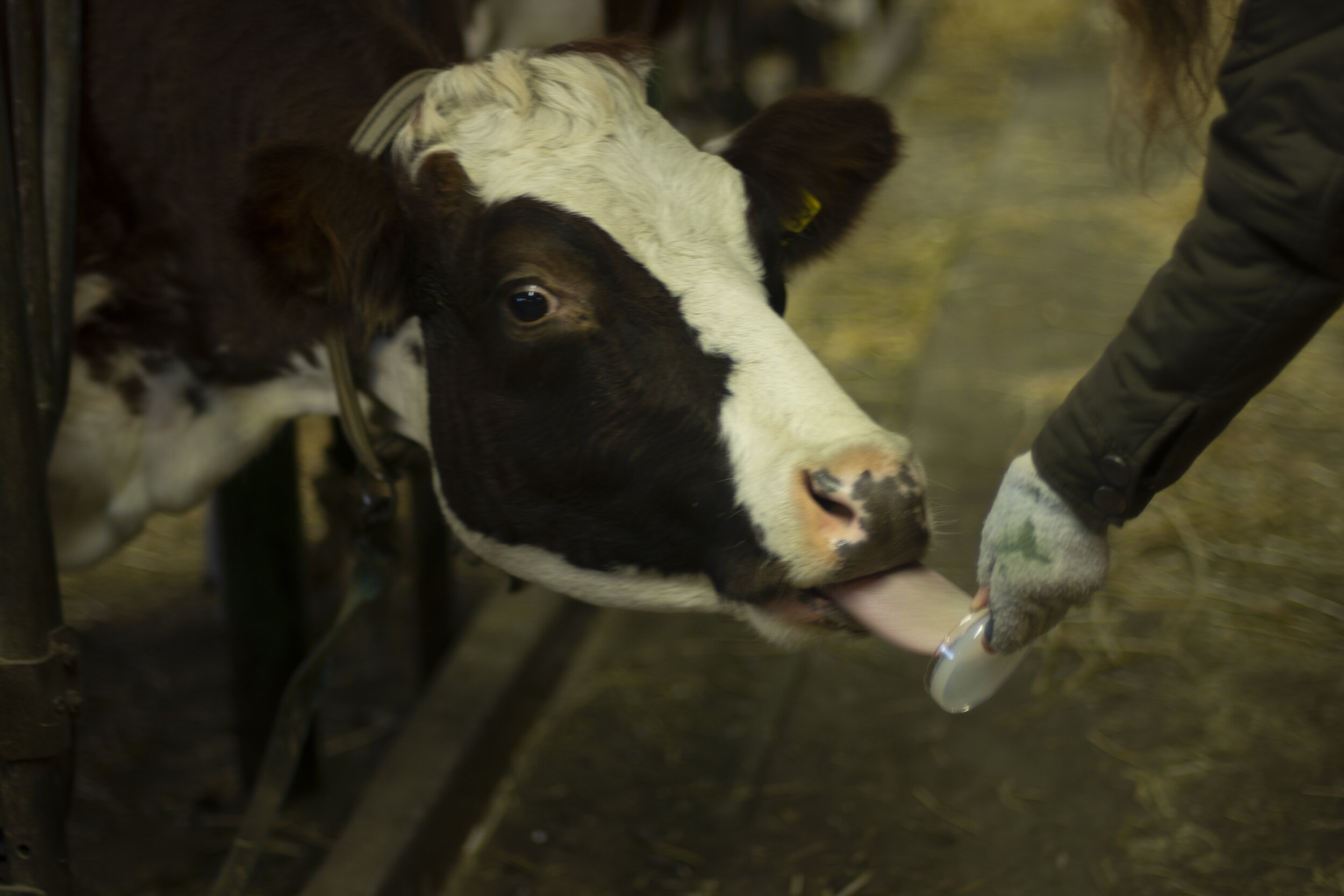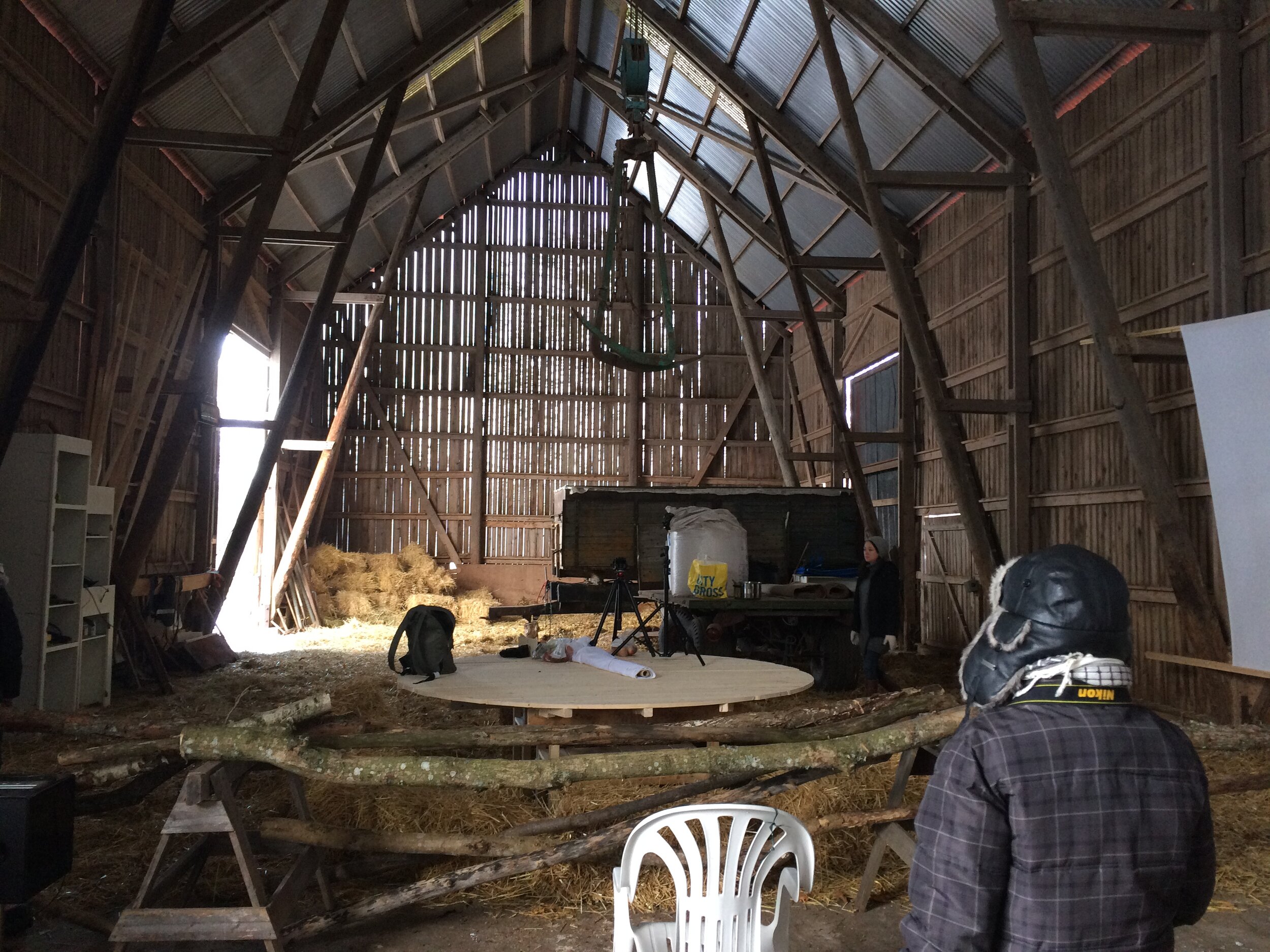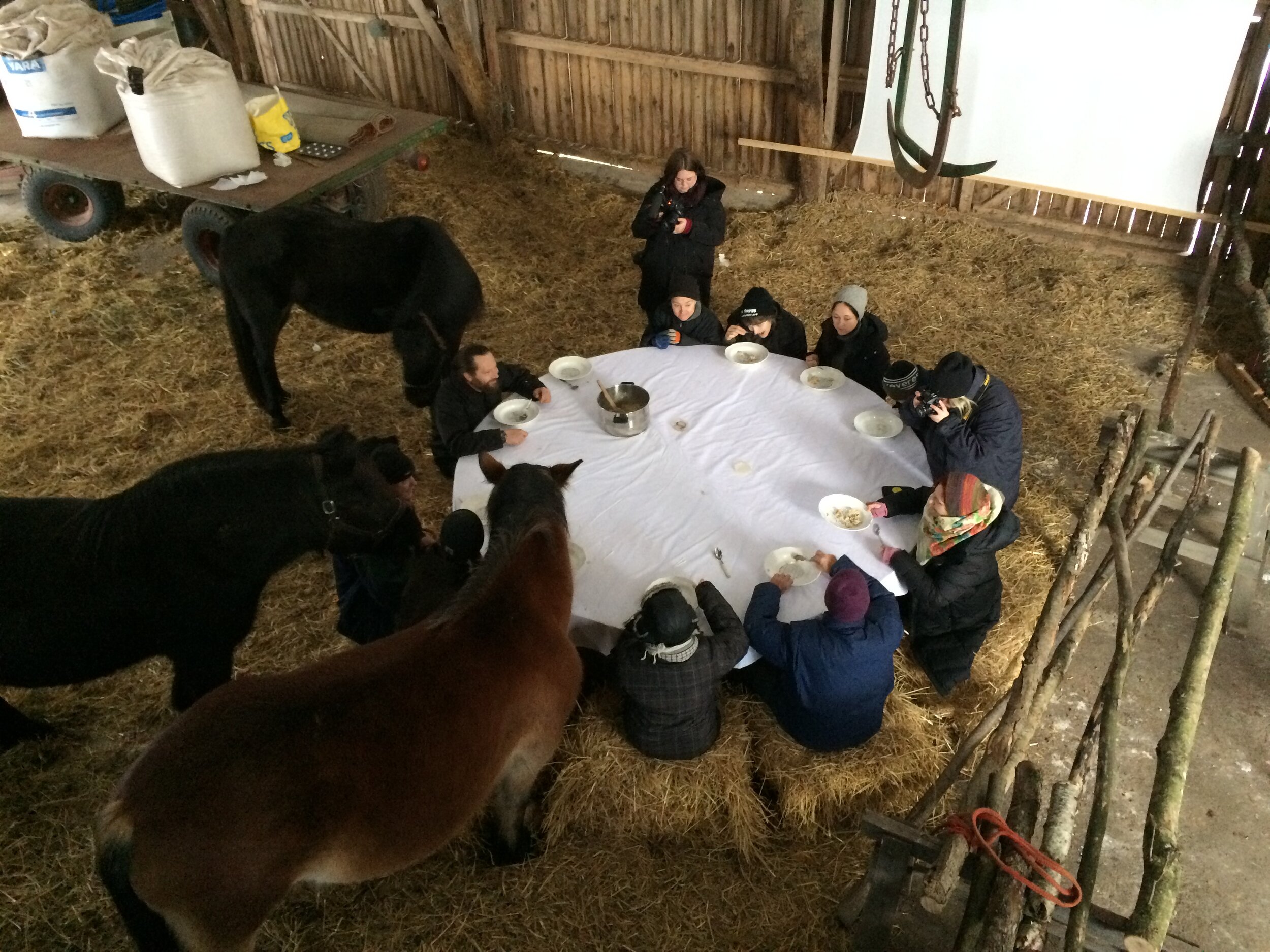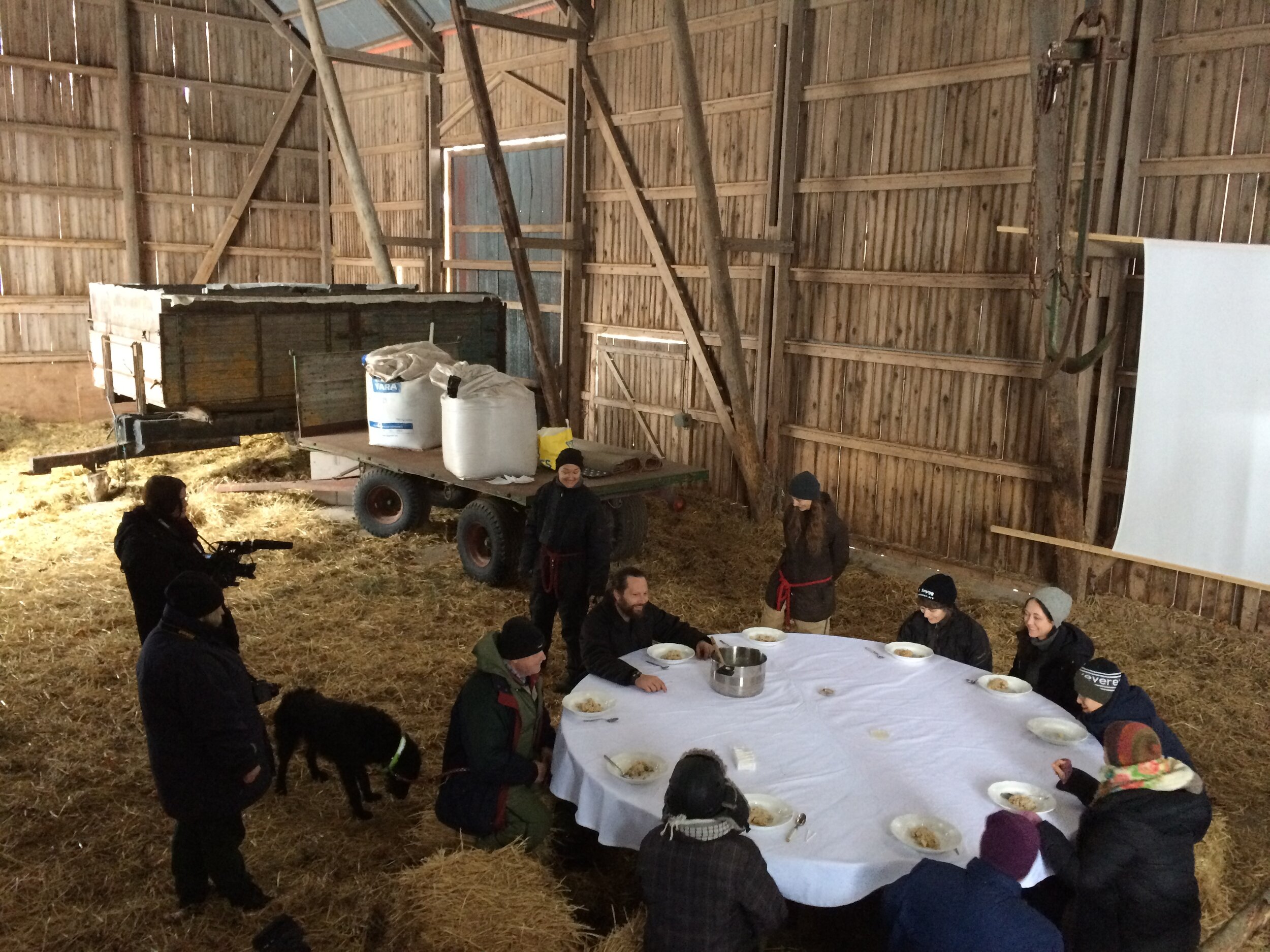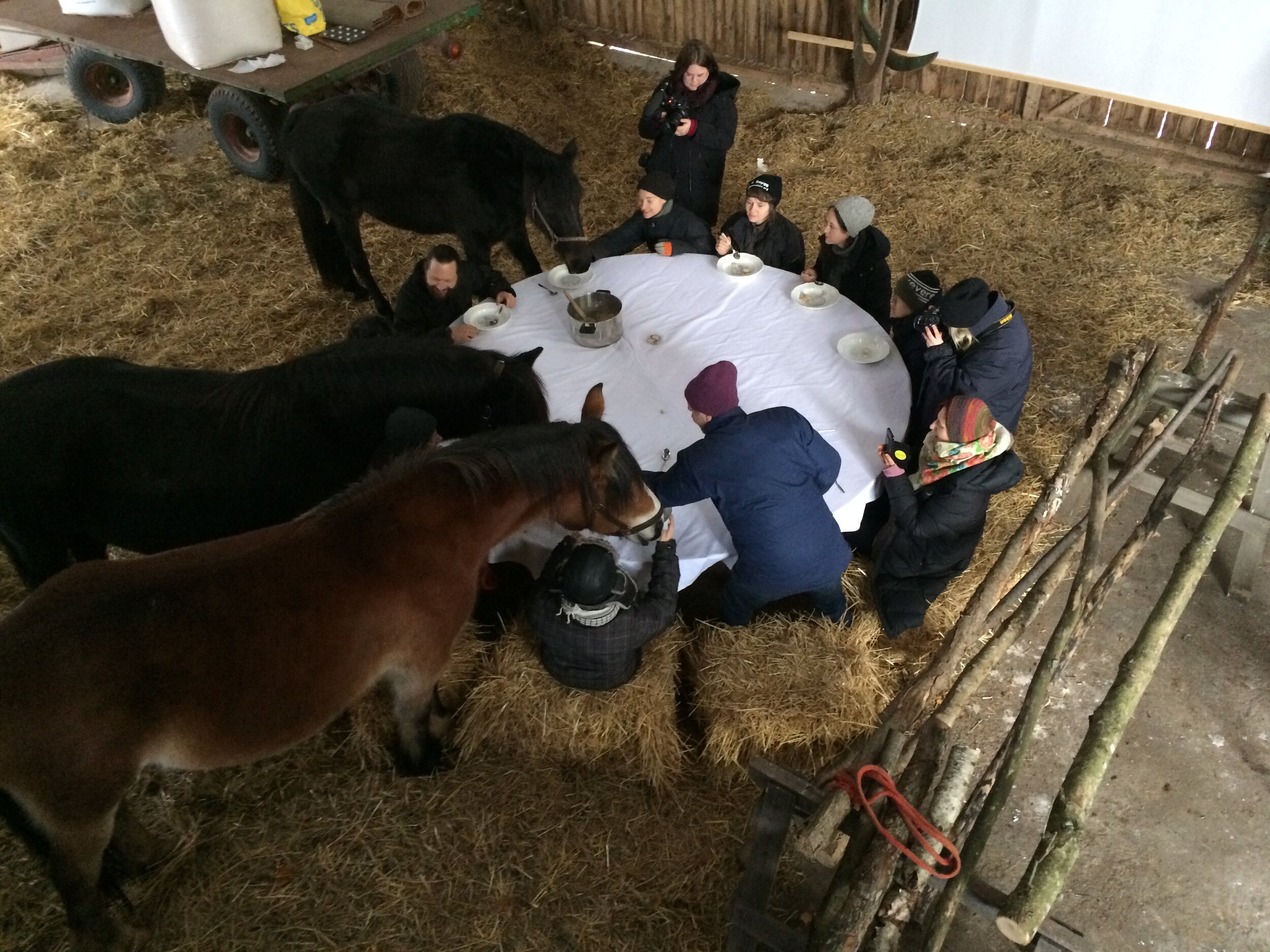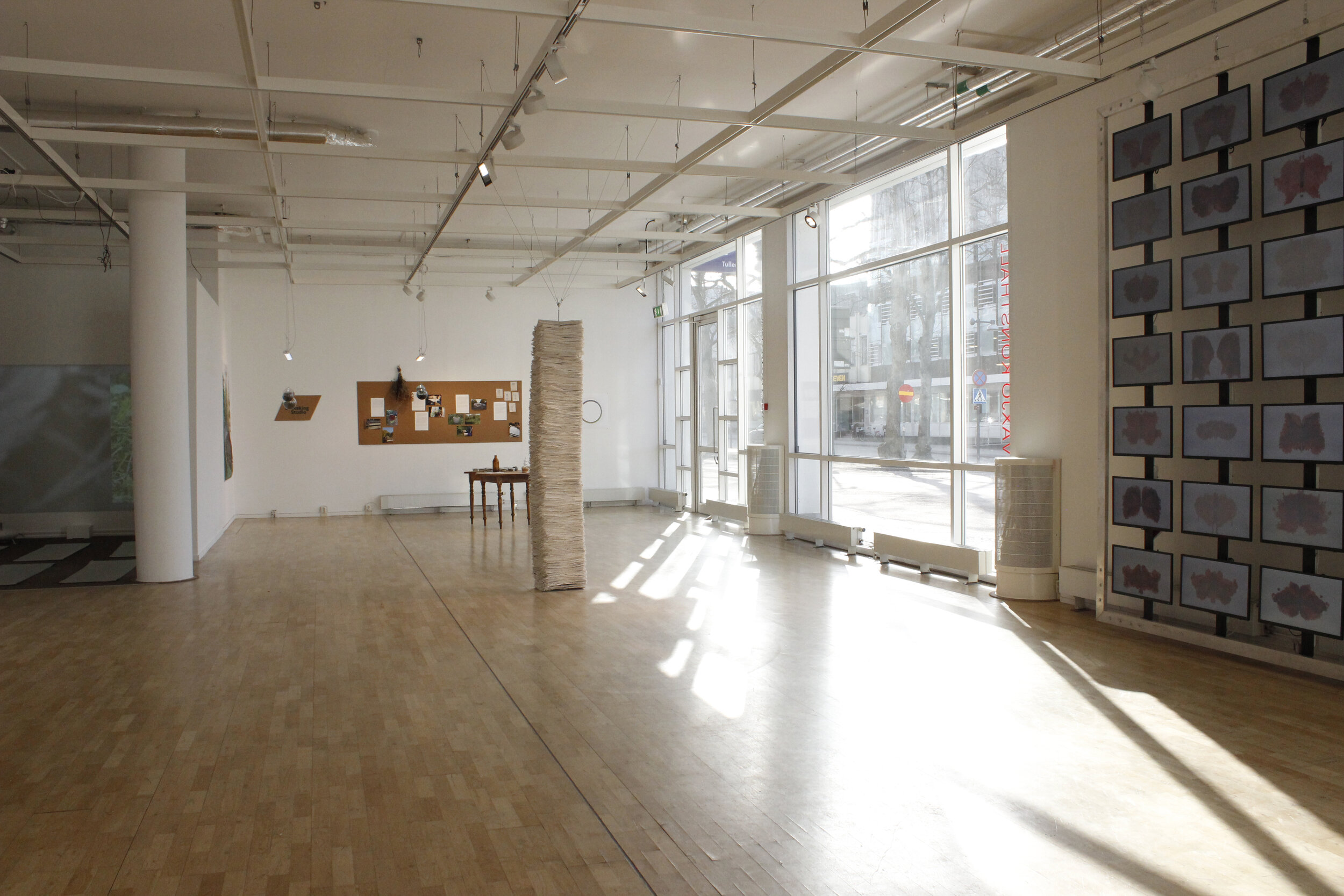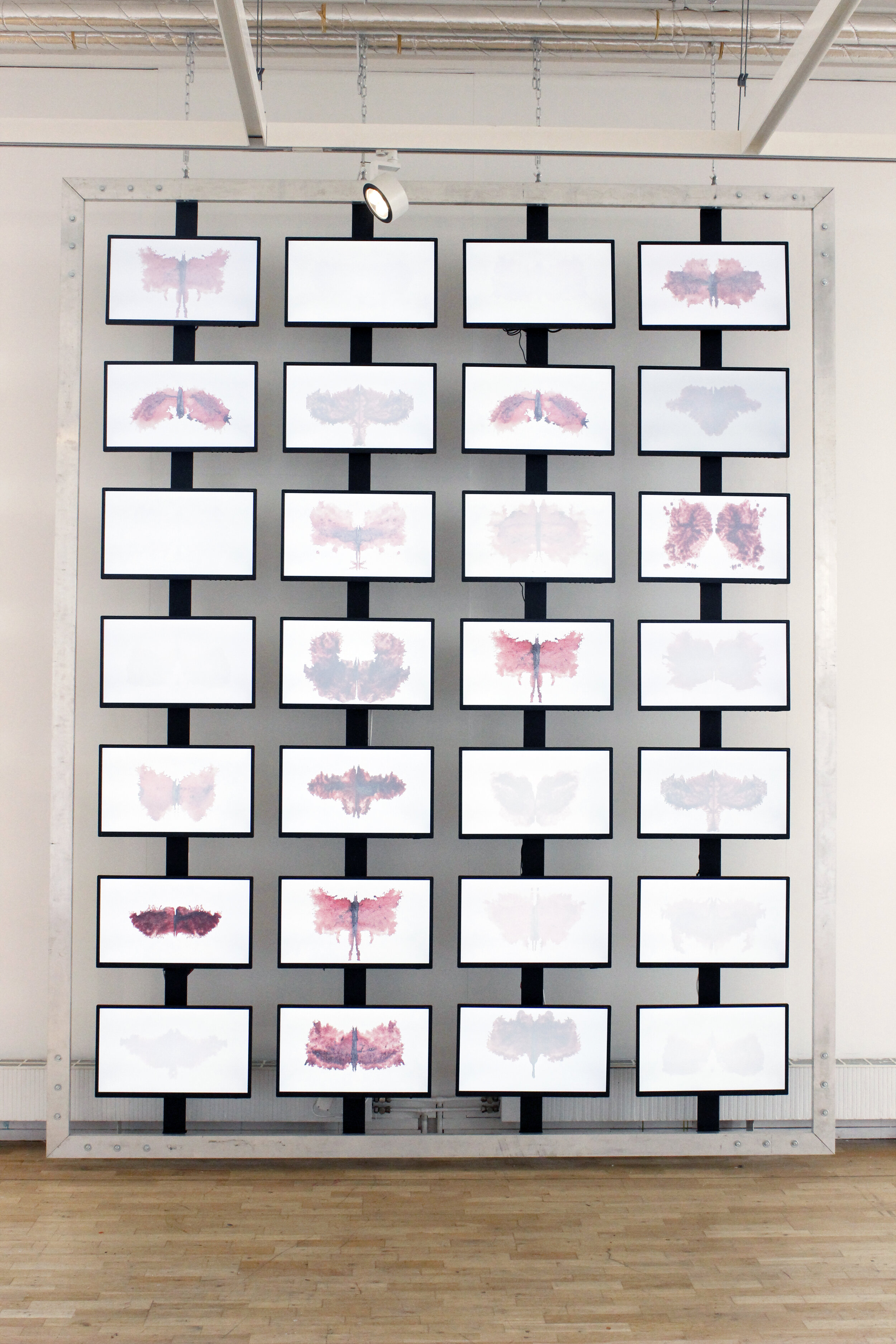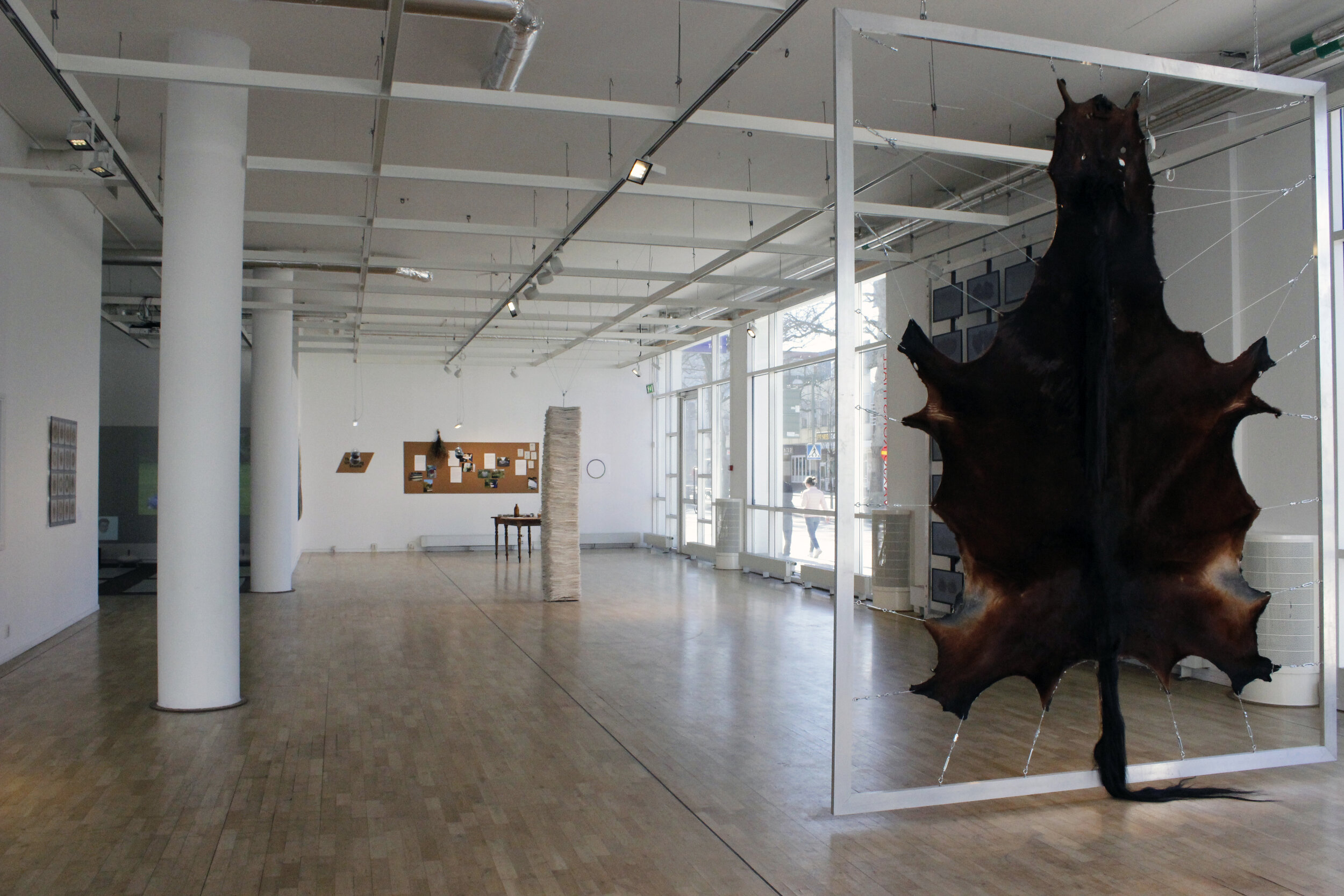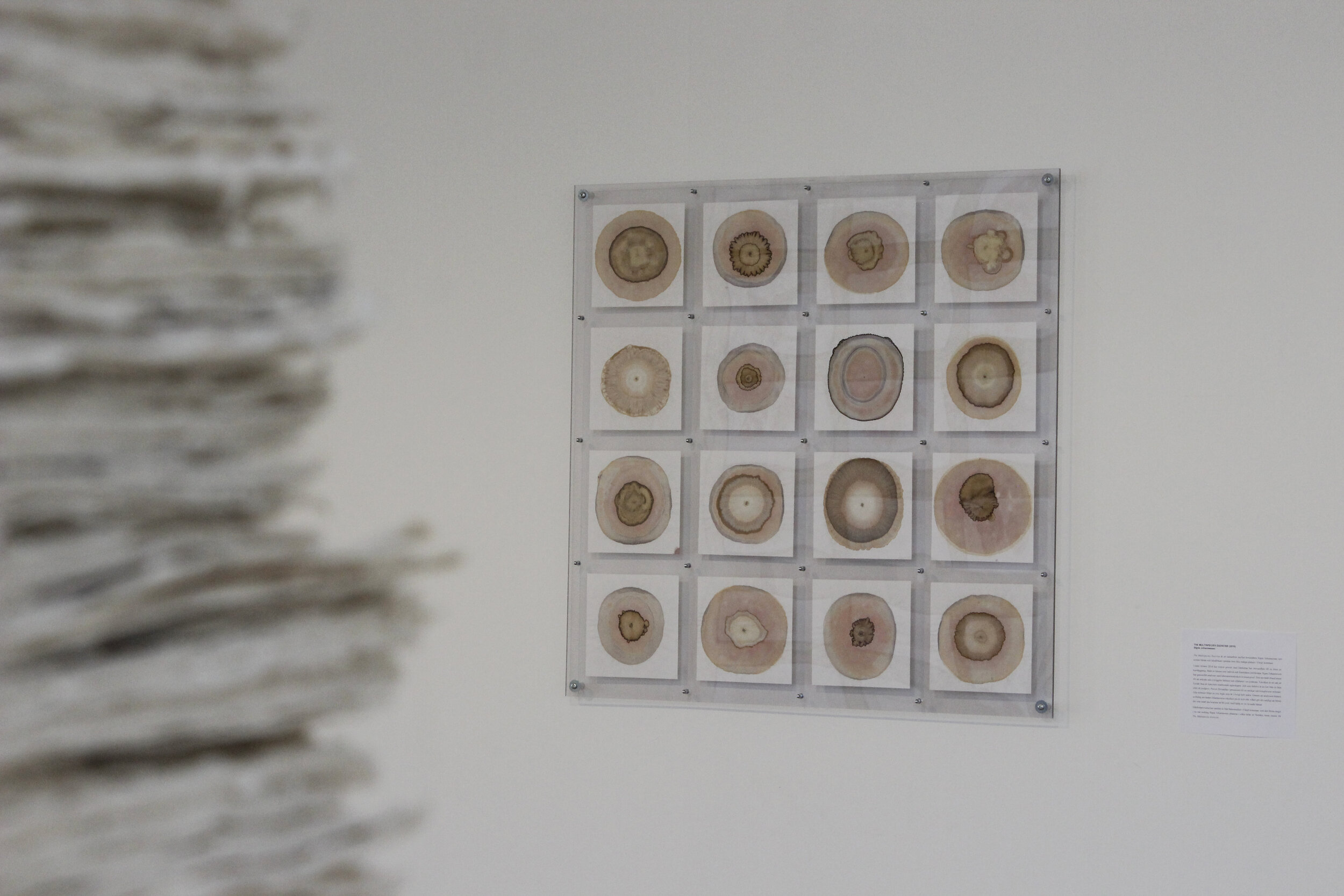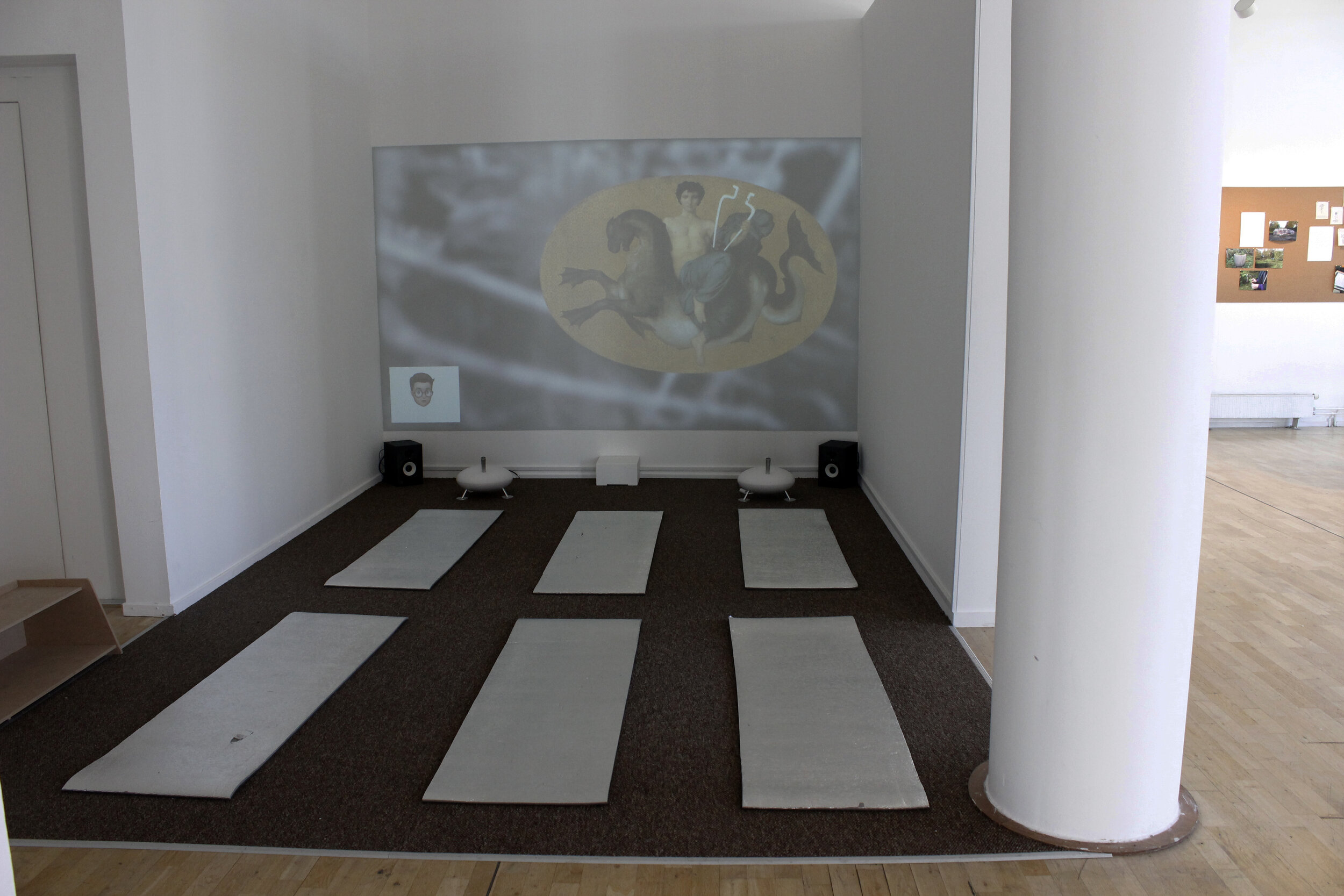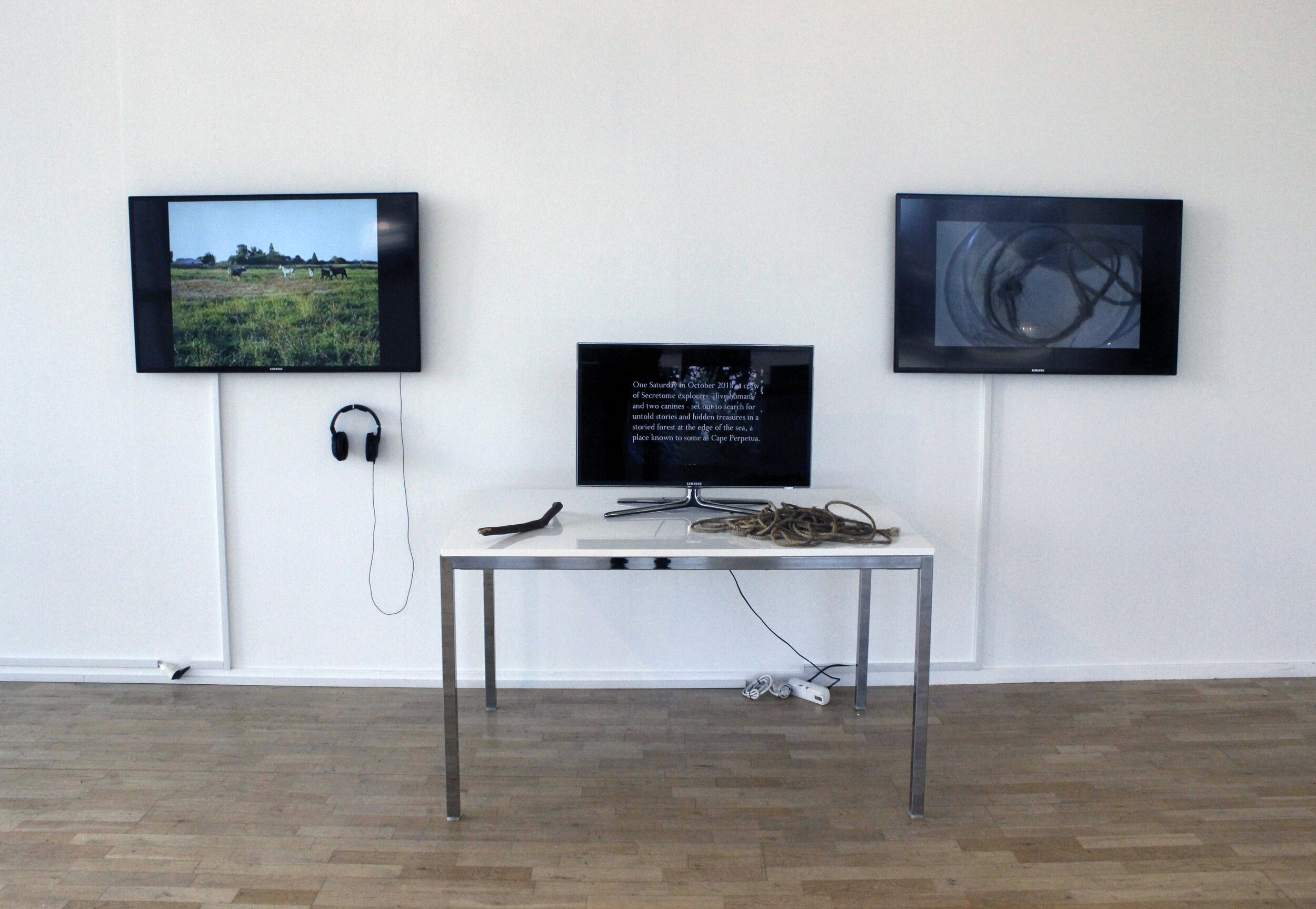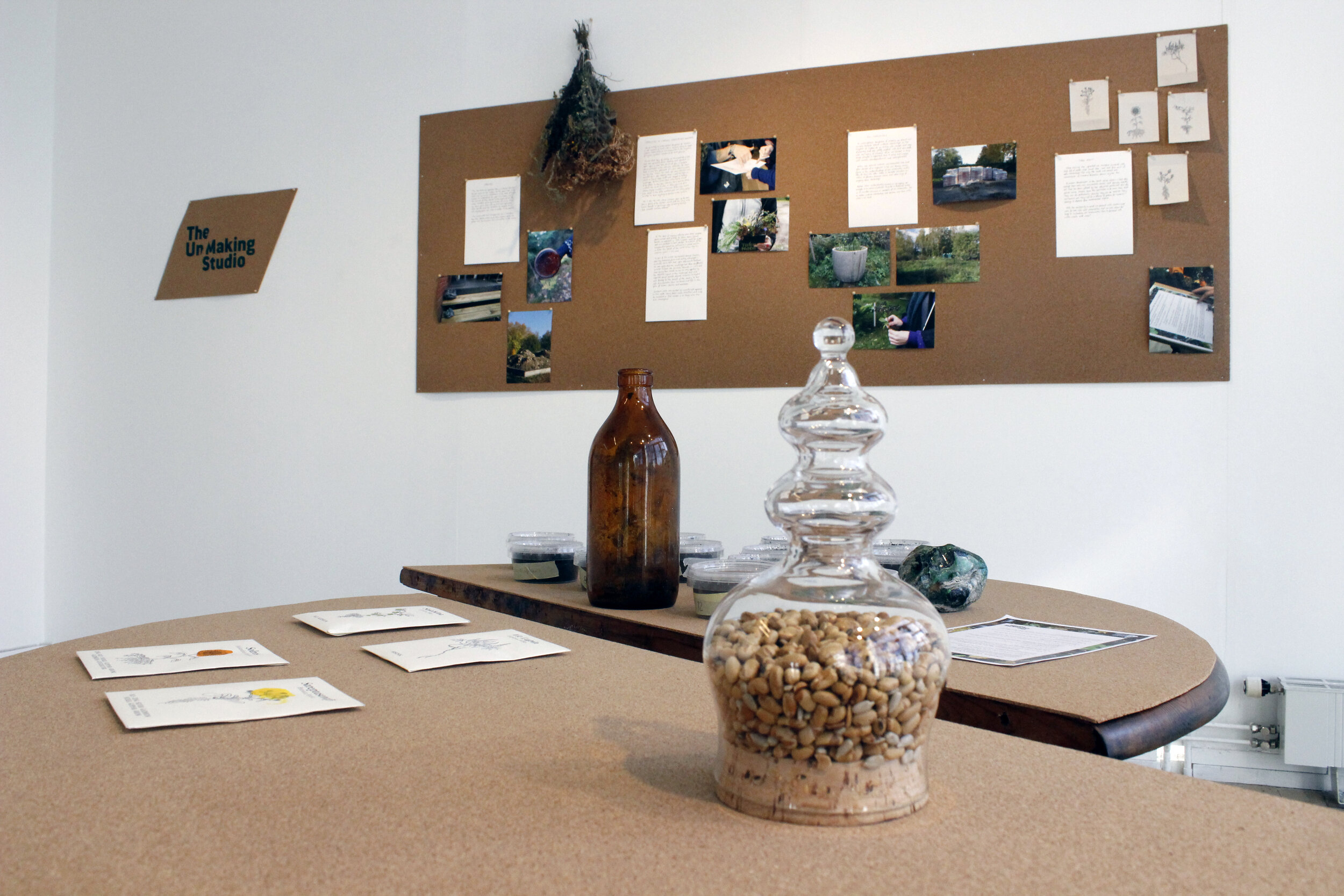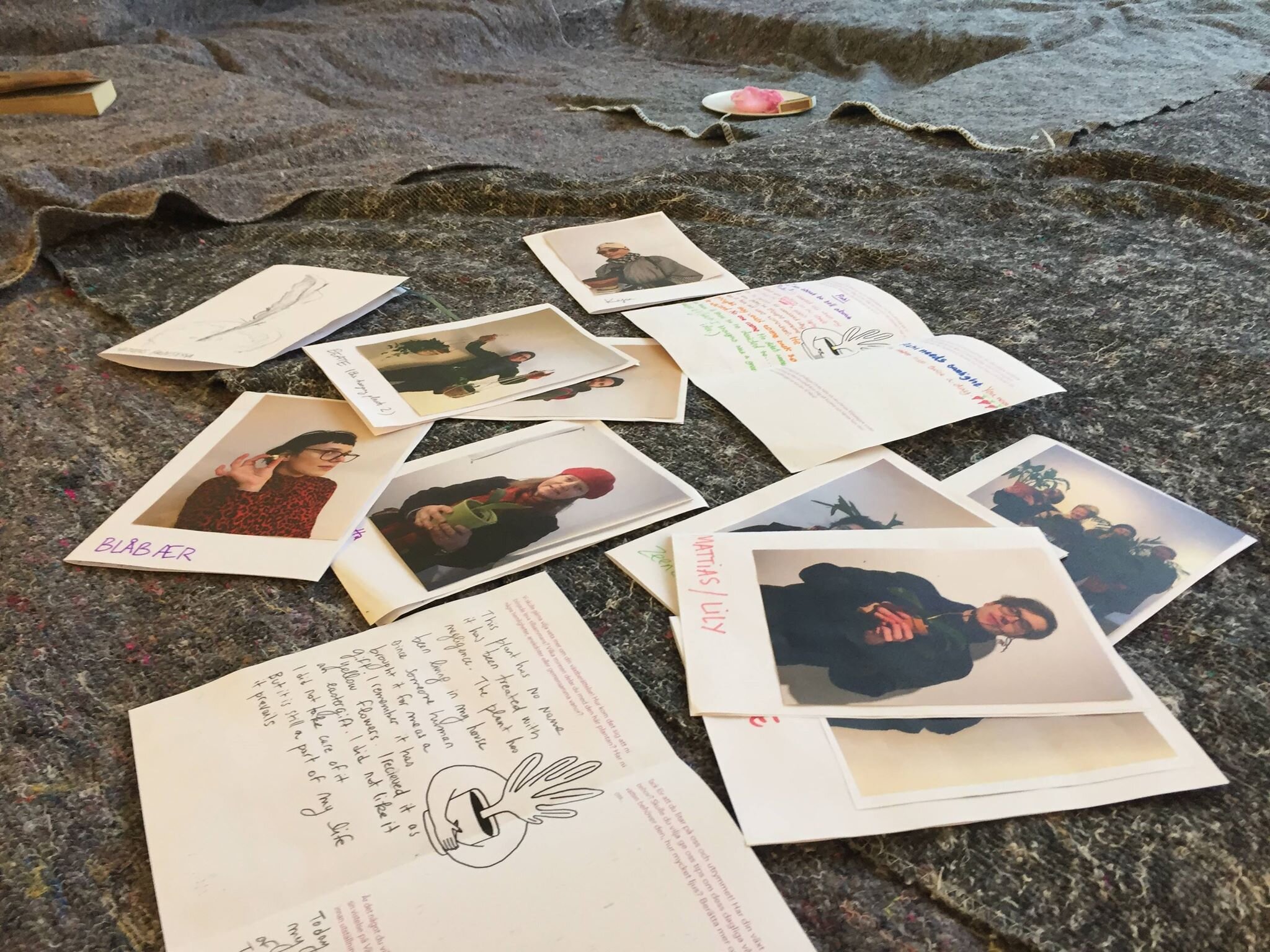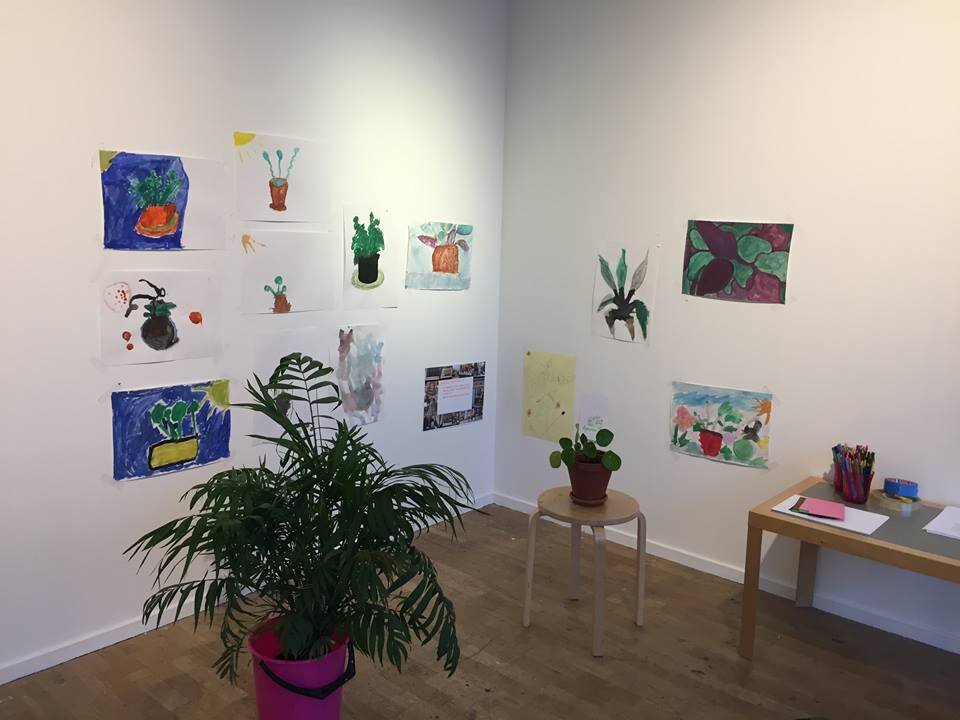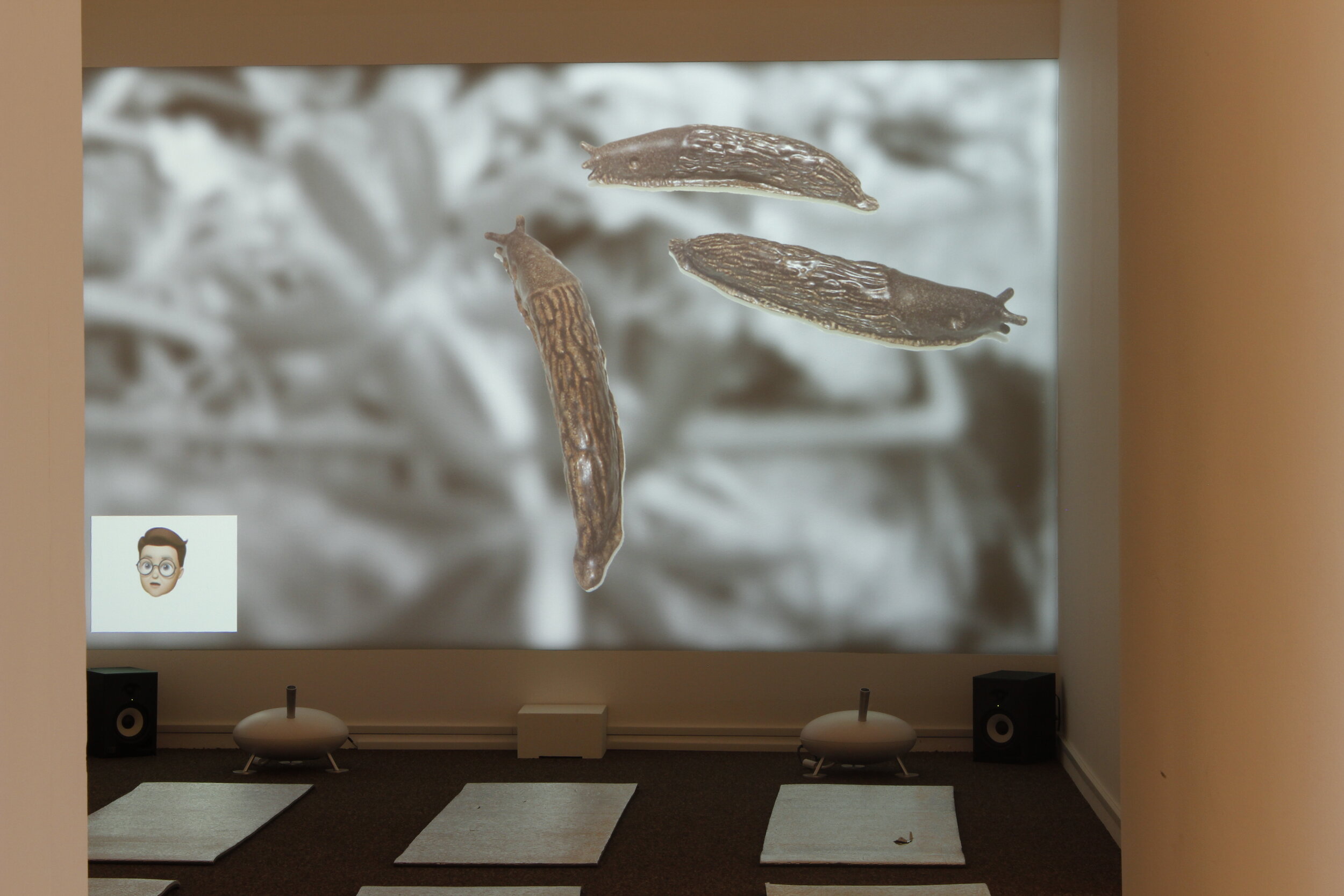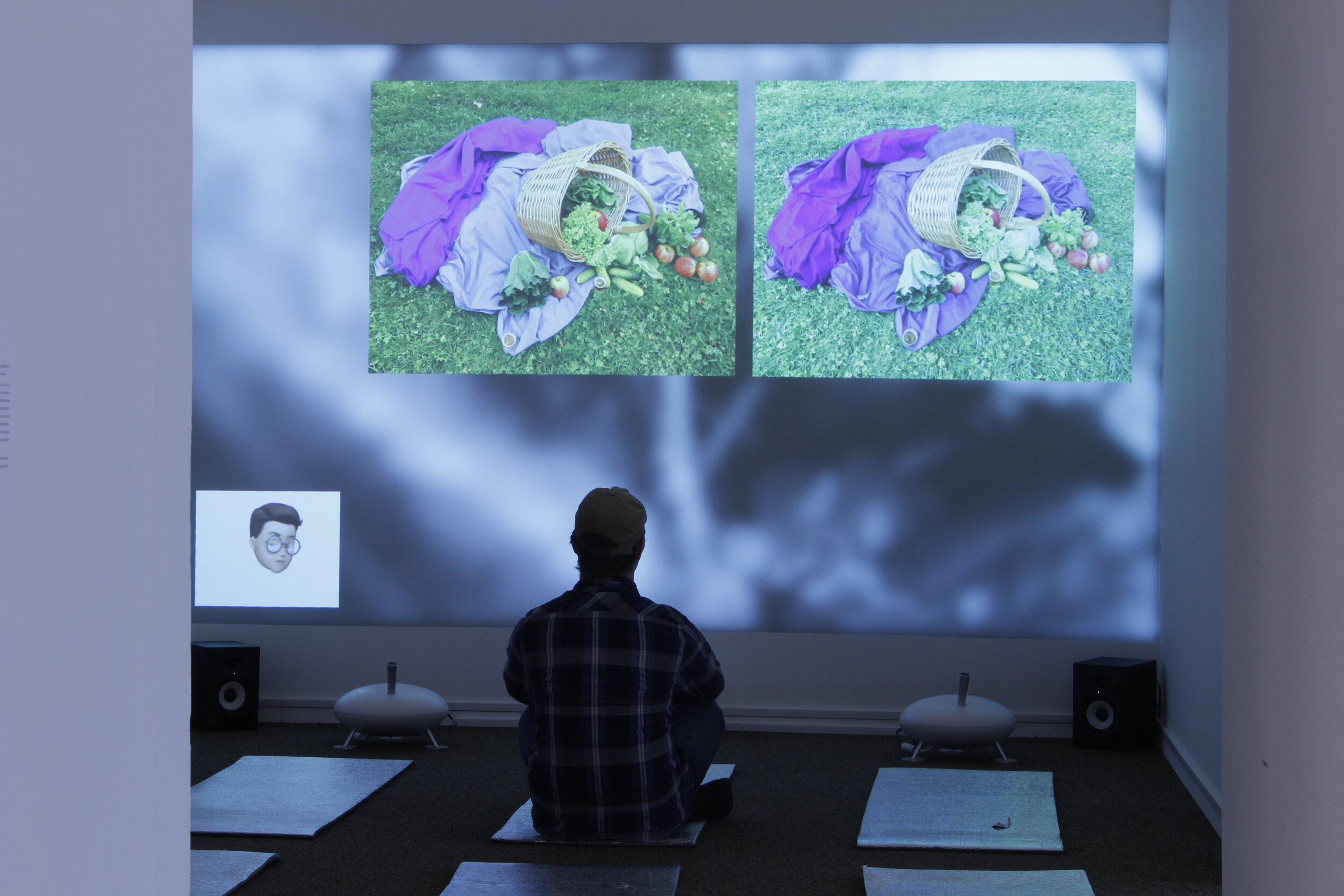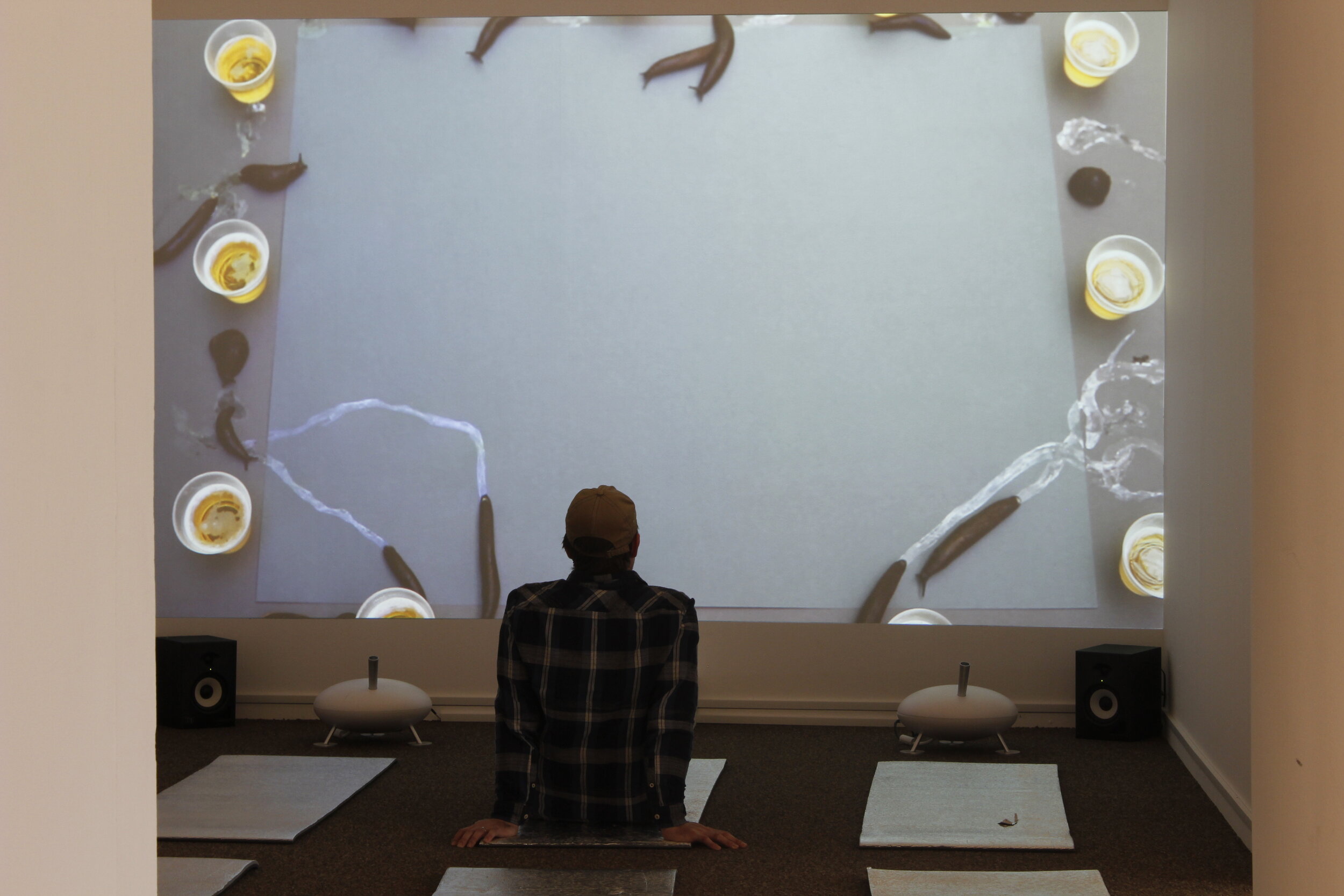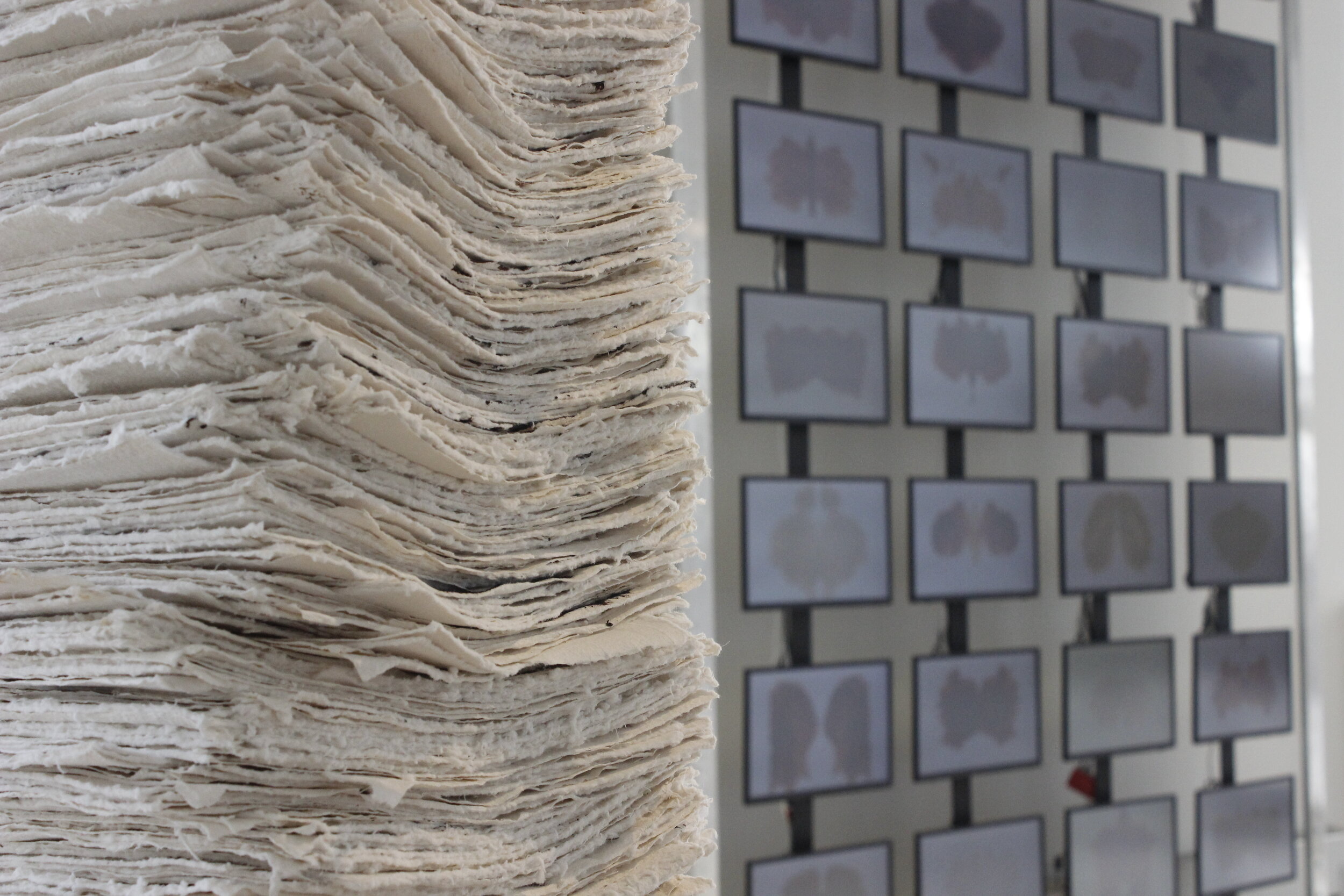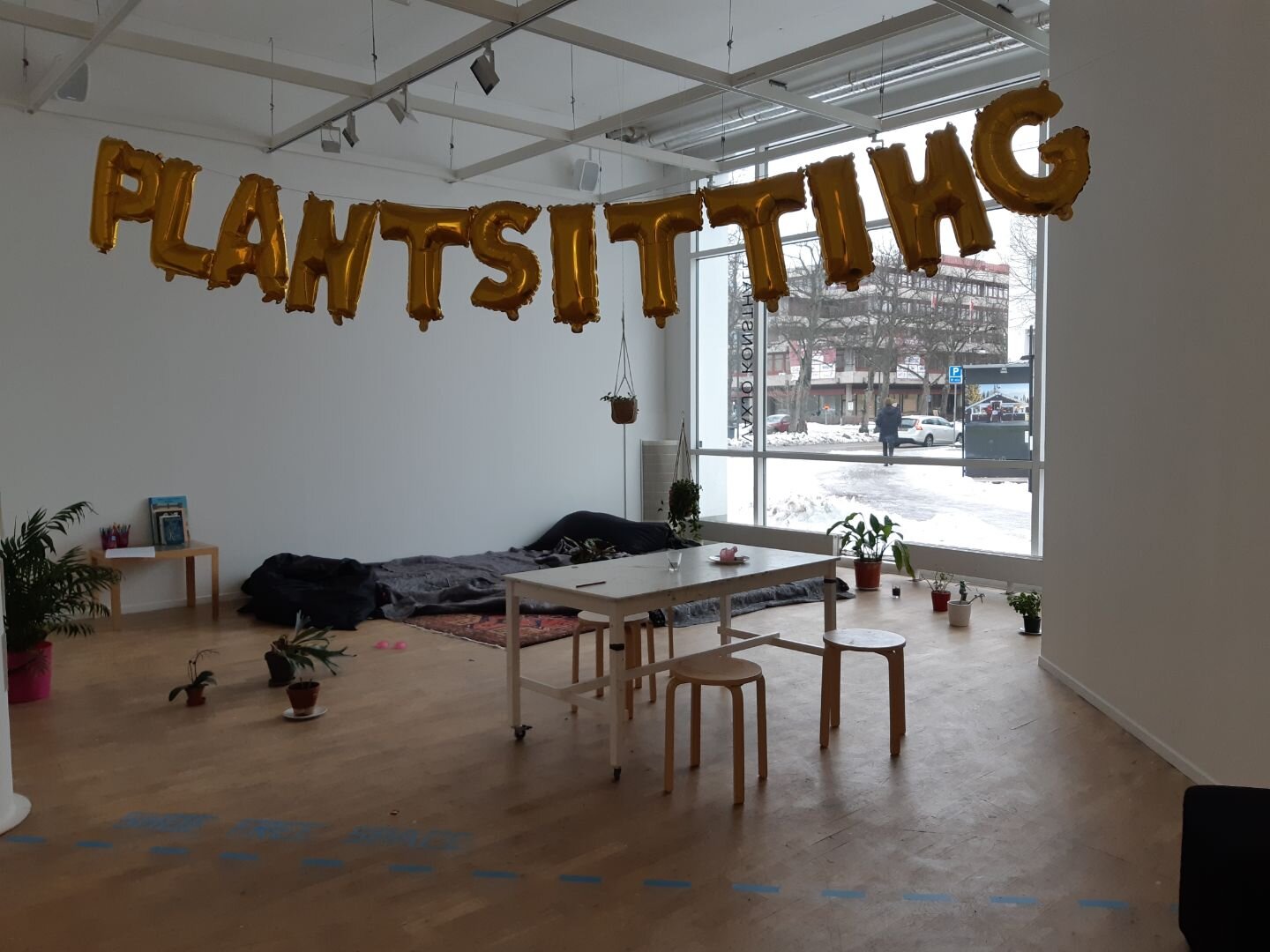Multispecies Storytelling in Intermedial Practices
The world is a constant buzz; an ongoing conversation between species and elements reverberating with sound, movement, hormones and electrical signals. Everywhere, life is making itself known, heard and understood in a wide variety of registers; some of which are available to our human senses, some of which science is still attempting to decode, and some of which we have yet to even discover the existence of.
And still, we often think of ourselves as the sole creature in this universe capable of actively producing meaning. This is the story, we have been told: that we, as humans, are separated from the rest of nature by that crucial dividing line called language running between those who speak and those, who are spoken of. In this story, Man is master of nature, and nature is consequently reduced to a beautiful, yet passive 'out there' devoid of any kind of voice, lacking both in political agency and legal rights. If this story sounds all too familiar, it is – of course – because we know it so well. It is the same story that has been used in justifying the disenfranchisement, enslavement and extermination of marginalized and radicalized bodies through times, and it is the story that rages on in today’s massive exploitation of natural 'resources' in global markets designed for steep - and catastrophical – growth. This story, we now know, is driving all of us towards the edges of extinction, towards a kind of death not revitalized into the emergence of new life, but instead digging itself (and with it, us) deeper and deeper into the blasted landscapes of the anthropocene.
And still, facing a not-so-distant future catastrophe, and all the while knowing that this story is in dire need of replacement, we are struggling to come up with those other kinds of stories that may hold promises of modest, yet radical hope. What we need, it seems, is to change the story by radically re/imagining who we are and what we may become. We need to introduce stories about renewal and care; of vulnerability and of resilience into our common imaginaries. And we need to not only tell new stories, but to come up with new ways of telling them: of storying differently. Here, we return to the question of language: What would our stories look like, were we to take the signals, traces and voices of other beings serious? What if we, instead of telling story upon story about nature, were to engage in collaborative storytelling activities with that humming, throbbing murmur of countless critters that all, collectively, make up 'our' world?
'Multispecies Storytelling' is a speculative endeavour asking how we may represent, relay and read worlds differently by taking other species serious as storytellers in their own rights. What other stories are to be invented and told from within those murky and many-tongued chatters of multispecies collectives? Could such stories teach us how to be human otherwise? And how do we stay with- and cultivate such stories, knowing that they are as full of endings as they are of becomings?
In a collaboration between The Laboratory for Aesthetics and Ecology, Linnæus University and Växjö Konsthall Multispecies Storytelling in Intermedial Practices took place in 2019 at three different sites: As a pre-conference in a barn at the experimental cooperation and artist driven farm Kultivator, as a conference at Linnæus Univerity and as an exhibition at Växjö Konsthall. It was generously supported by The Seed Box, Linköping University.
Kultivating m<Other Tongues was a collaboration between Kultivator and the Rural Alchemy Workshop (R.A.W.) aspiring multispecies storytellers were invited to join in a dusty trans oceanic co-elaboration of m<other tongue culturing amid meshes of entangled companions, both seemingly familiar and wildly unknown. It all began with a roundtable gathering at Kultivator in the days before the conference were the participants came together in the barn for a multispecies meal and sharing of m<other tongue cultures among the resident cows, sheep, horses, humans, and untold others in that lofty inclusive space. The mammal-bacterial leftovers frem this collaborative feast were afterwards brought into the conference space in the form of the table and the table cloth, inviting humans and others to participate and continue the collaboration by stitching traces of the mother and other tongues at the table. It was done in an attempt to make the very sterile surroundings of the University space a more multispecies one and to explore different aesthetic and material ways of tracing untold (indeed, untellable) stories as we tried to cultivate unique attentive spaces for often-excluded and/or subvisible companions. Not only big warm mammalian storytelling bodies but also the vital nameless spaces-between that brim with significant exchanges.
The exhibition followed an organic, soft and unfinished form, allowing for transformation in both shape and content during the exhibition period. The exhibition also presented artistic research in the making, and offered itself as as an opening gesture towards its audience; an invitation to take active part in ongoing experimental multispecies storytelling activities. During the exhibition, the artists did host public reading circles, workshops, choir practices, plant-sitting, rituals and various interdisciplinary conversations. As curators, it was our hope that this exhibition would find an engaged public, and that the public in this exhibition would find a safe and generative space of wild speculation and bold collective exercises daring to rewrite histories by telling multispecies futures otherwise.
The participating artists were:
Karin Bolender Hart (US)
Signe Johannessen (NO)
Katja Aglert (SE)
Un/Making Soil Communities - Kristina Lindström & Åsa Ståhl (SE)
dance for plants (DK, DE, FR, BE)
Kultivator (SE)
The exhibition was followed by a three-day long conference at Linnæus University, organized in collaboration with the departments Design + Change and Centre for Intermedial and Multimodial Studies. This conference explored speculative fields of more-than-human articulations and collaborations in transdisciplinary terrains that teem with what Donna Haraway calls 'multispecies storytelling'. The conference sought to investigate the problems and potentials of multispecies storytelling in intermedial practices for contemporary theory, art, music, literature and dance, attempting to negotiate nonhuman others as sometimes eloquent, and sometimes diffuse co-authors of (hi)stories.
The keynote speakers included:
Vinciane Despret, Department of Philosophy, Universite de Liege
Eben Kirksey, Department of Anthropology, Deakin University
Adam Dickinson, Department of English Language and Literature, Brock University
Karin Bolender, artist and poet, Oregon, USA
The conference were organized by:
Jørgen Bruhn, Centre for Intermedial and Multimodal Studies, Linneaus University.
Ida Bencke, Laboratory of Aesthetics and Ecology, Linneaus University.
